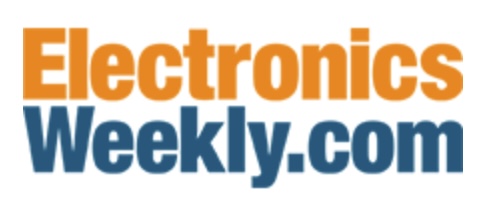The “Big Five”, comprising ASML, Applied Materials, Lam Research, TEL, and KLA, held almost 70% of the market in 2024.
Patterning dominates WFE segments with 26% market share in 2024 with wafer bonding showing the strongest growth
40% of the revenue is driven by Greater China chipmakers in 2024, but only 5% of WFE manufacturing occurs in China.
M&A and IPO activity is intensifying , as subsystem supply constraints drive consolidation and restructuring.

In 2024, the global WFE market reached $140 billion, including $115 billion in equipment shipments and $25 billion in service and support which is expected to rise steadily to a collective $184 billion by 2030.
The market is segmented into: Patterning with more than 26% market share; Deposition and etch & clean with over 20% market share; and Metrology and inspection, thinning and CMP, wafer bonders and fab automation
Most segments will grow moderately at a 2–5% CAGR2024-2030,
Wafer bonding stands out with >10% CAGR, with a cumulative ’24-’30 revenue at~$8 billion, a reflection of engineering wafer, advanced packaging, and 3D integration demand,
Patterning remains the largest segment, forecast to reach $240 billion ’24-’30 cumulative revenue
“We live in unprecedented times for semiconductor device processing,” comments Taguhi Yeghoyan from Yole Group. “Equipment purchases are governed more by geopolitics than end-market demand. Despite increasing overcapacity and fab redundancy worldwide combined with low utilization rates and low profits for foundries and IDMs, WFE revenue is still set for growth.”
Geographic breakdowns of WFE revenue generation versus equipment manufacturing reveal stark contrasts:
In 2024, by headquarters:
USA-headquartered vendors account for 40% of shipment revenue,
EMEA and Japan each hold about one quarter of the total market,
Other territories, including Greater China, account for less than 10% of the market.
In terms of WFE manufacturing location:
EMEA leads with about one third of the total market, driven by the leading semiconductor equipment company ASML as well as ASM International, ZEISS, Nova, IMS Nanofabrication, and Aixtron, among others.
Japan accounts for about 24% of the total market,
The US accounts for only 12% despite being home to many WFE giants,
And China, with about 5%, despite accounting for 40% of chipmaker demand globally.
The difference between these numbers lies in the fact that some of the US and EMEA WFE is manufactured in Southeast Asia.

China’s ambition for semiconductor self-sufficiency extends deeply into the WFE sector. In 2024, domestic vendors supplied less than 14% of their internal demand. This means it has an estimated $46 billion market. While state support remains strong, Yole Group forecasts only gradual progress toward ecosystem maturity by 2030.
Factors in slowing growth include:
Subsystem and component bottlenecks,
Manufacturing complexity across tool classes,
Need for specialized materials and precision assembly,
More stringent control of government subsidies.
Despite the challenge, Chinese startups, IPOs, and M&A activity are increasing. Analysts expect to see continued consolidation, strategic alliances, and failures, as the ecosystem begins to realign for scale and technological depth.
Yole Group anticipates stable WFE CapEx from Greater China throughout the forecast period, supported by a centralized domestic WFE procurement quota.
However, despite these measures, domestic WFE supply is unlikely to exceed demand within the current decade.
